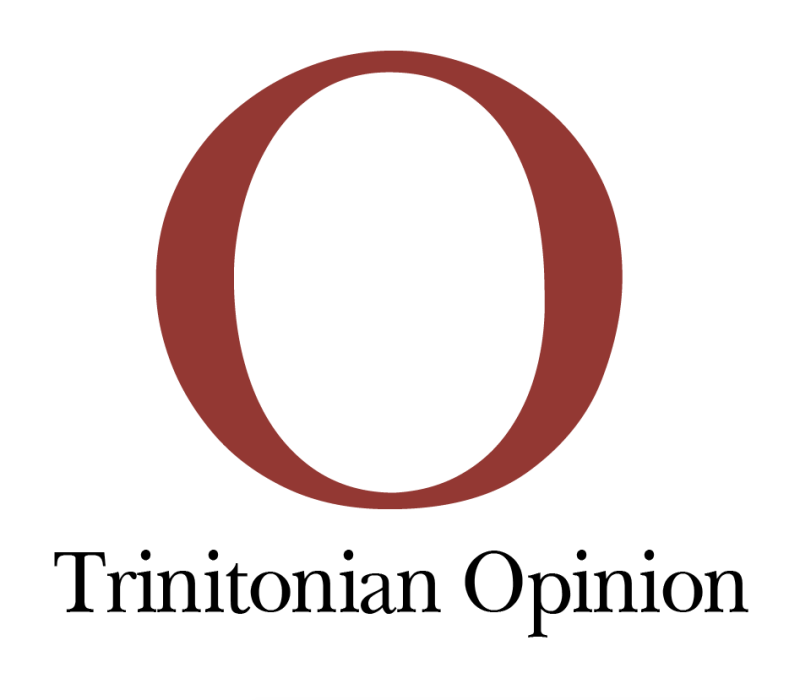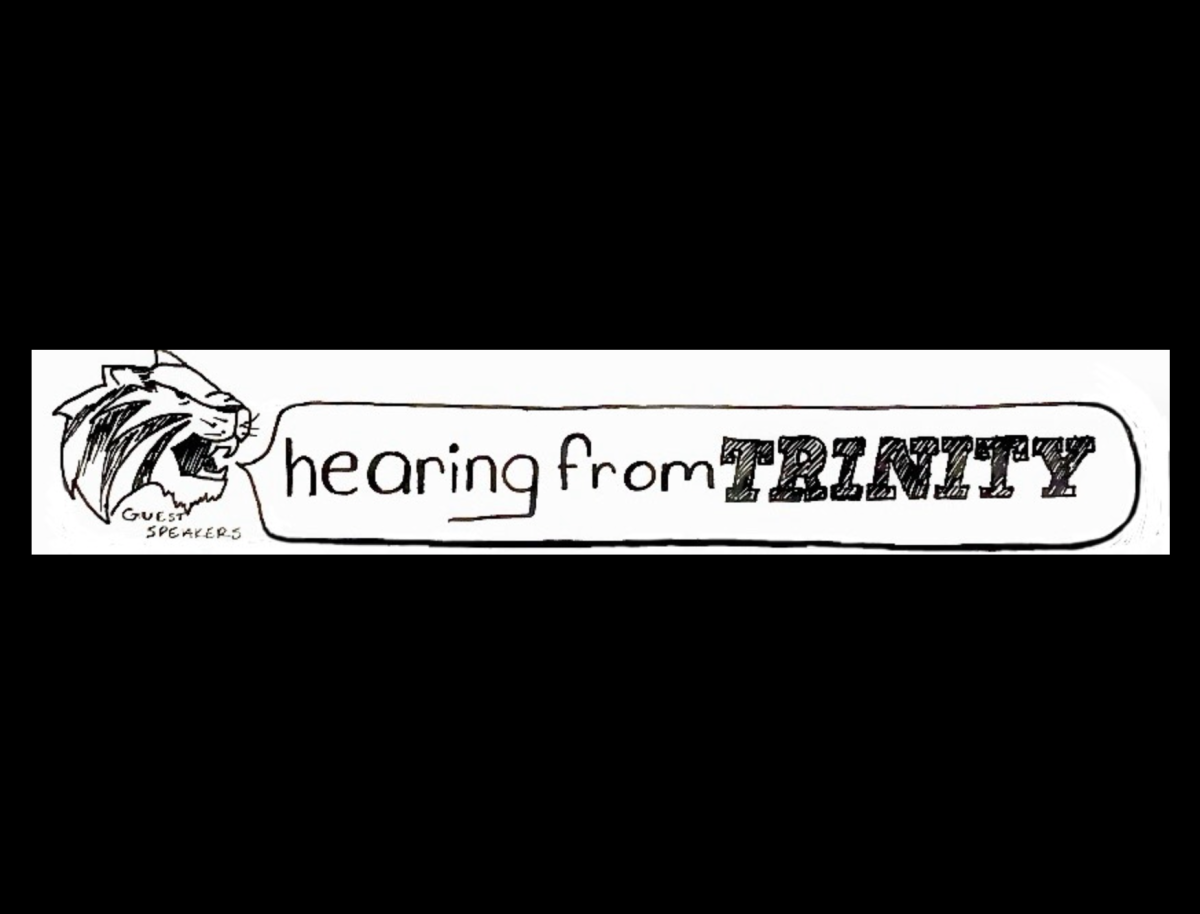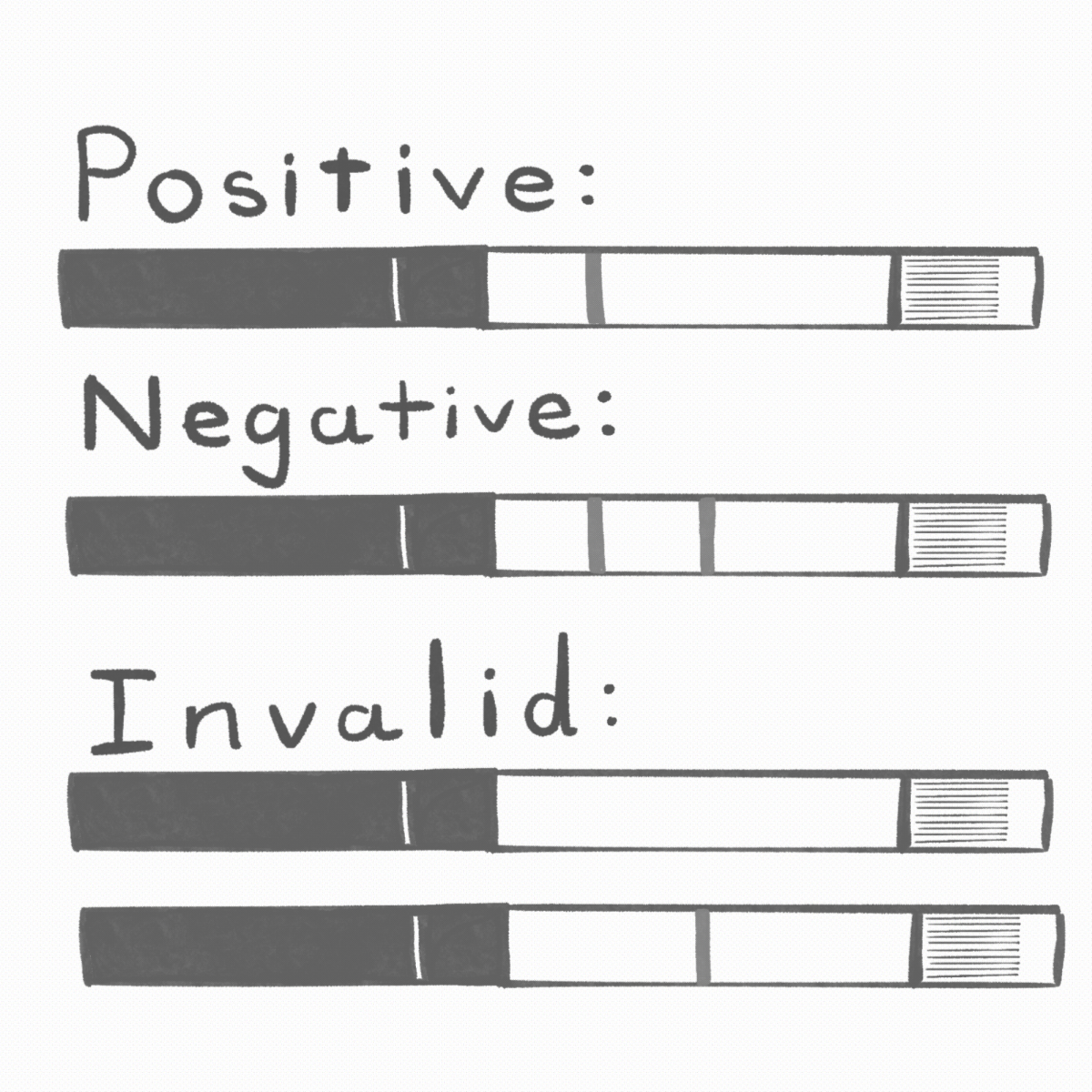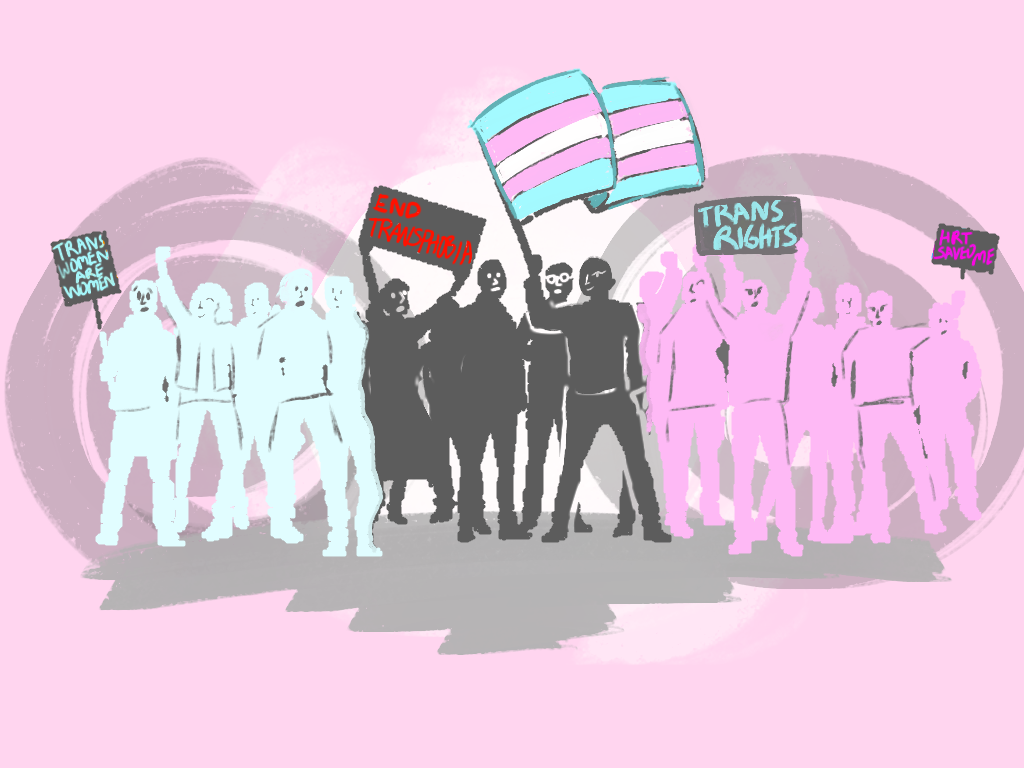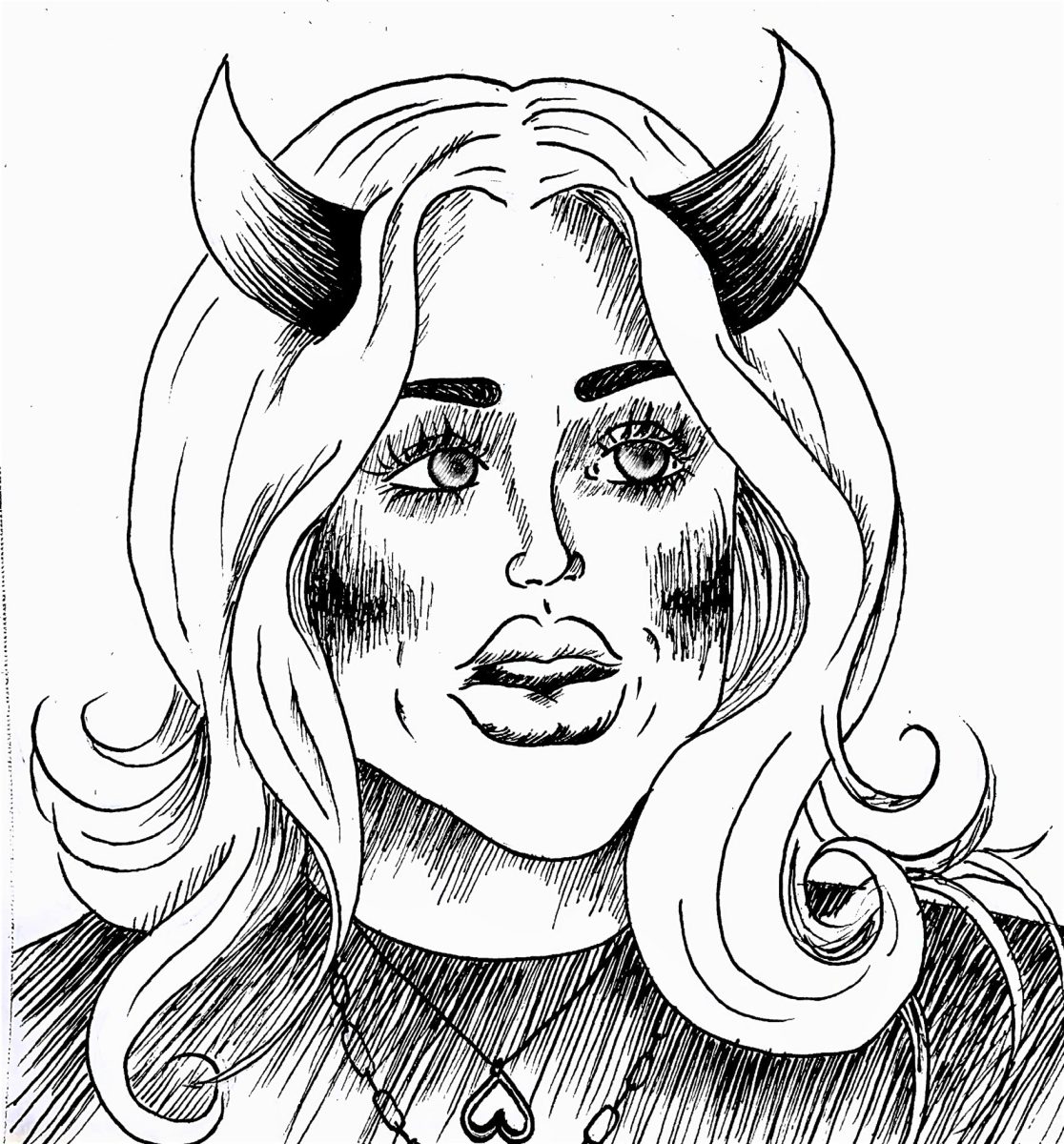I resist the temptation to address all the points Dr. Crockett raised in his Nov. 6 piece. Instead I will do two things: first, analyze the result of the June 2015 Gallup poll that Professor Crockett brought to our attention, and then I will shed some light on the term Islamophobia and its use and misuse.
Considering that this is a presidential election year, I take that Gallup poll, which shows that 60 percent of Americans are willing to vote for a well-qualified Muslim as their president, as an opportunity to invite our students to think about what these data tell us. Starting with the breakdown by party affiliation, 45 percent of Republicans in this poll said they were willing to vote for a Muslim while, as Professor Crockett indicated, the percentage of Democrats who expressed their willingness to do the same jumped to 73. Let me also mention that, in response to the same question, 58 percent of total respondents said they would vote for an atheist. Normally, professing to be an atheist is a sure kiss of death for any aspirant for the presidency. So why these results? The answer might lie in a significant piece of information that was not mentioned by Dr. Crockett. Here is the complete version of the question that was posed to the respondents: “If your PARTY NOMINATED [emphasis is mine] a generally well-qualified person for president who happened to be Muslim, would you vote for that person?” As I have learned from Professor Crockett, who throughout all these years has been my immediate resource for learning about American political behavior, party affiliation is a very important “” if not the most important “” factor in determining how people vote. Now, if we eliminate the clause “nominated by your party,” what would happen to the result? A September 2015 poll by Rasmussen is informative. There, 1,000 likely voters were asked: “Would you PERSONALLY [emphasis is mine] be willing to vote for a Muslim president?” Only 28% of the respondents said that they would.
It is true that no one poll could be relied upon as the authoritative gauge of people’s attitude. But if poll after poll, conducted by different outfits, show the same trend, then I think we should pay attention. Polls regarding attitudes toward Muslims might deserve such attention.
For example, according to a June 2014 Zogby poll, 59 percent of Republicans and 53 percent of people of age 65 or older agree with the policy of profiling Arab Americans or Arab Muslims. And just to update the 2006 survey that I mentioned in my Oct. 30 writing, there is another Rasmussen survey that shows 80 percent of Republicans think Islam today encourages violence more than most other religions. In the age of the “War on Terror,” considering Islam as violent is not just expressing a general, run-of-the-mill “unfavorable” sentiment; it means expressing anxiety and yes, fear, of a potentially violent people.
Now to the term Islamophobia. In his objection to the term Dr. Crockett rightly identified phobia as an irrational fear. Medically the term phobia suggests a severe mental illness that affects a small minority of people. Prejudice against Muslims however, is not primarily linked to mental illness (except maybe for those who also suffer from the illness). It is similar to terms such as homophobia, or xenophobia, neither of which implies a mental disease. Nor does prejudice against Muslims involve a small number of people as “˜phobia’ by itself might suggest. I am not the first to admit that as a term Islamophobia has its own disadvantages. One of its shortcomings is that it makes some people defensive. It also gives some other people an excuse to deny the existence of serious and widespread prejudice against Muslims. For better or worse, however, the term itself is now of common use, partially because it serves as a rallying point for those who are at the receiving end of such prejudice. In this sense the function of the term is similar to that of sexism, racism, and antisemitism. As Gottschalk and Greenberg argued in their book Islamophobia: Making Muslims Enemy:
Resistance to gender discrimination coalesced under the term “˜sexism’. The civil rights movement gained momentum when harnessed to the notion of “˜racism’ that encapsulated the variety of innate prejudices and institutional obstacles in a white dominated society. The concept of “˜antisemitism’ has provided a powerful tool to object to anti-Jewish sentiment that was once, like the denigrations of women and blacks, considered normal and left largely unchallenged by people fitting the norm. Increasingly, and particularly among Muslims, “˜Islamophobia’ provides a term to similarly draw attention to a normalized prejudice and unjustified discrimination. Undoubtedly this term will elicit the same unease among and even backlash from some of those whose notion of normal it challenges, just as its historical predecessors have and still do.
Religious, racial and cultural differences are norms in almost all modern societies. The way a society judges these differences is predominantly through the messages it receives, in word as well as image, from its media, churches, synagogues, mosques, temples, as well as its educational institutions. As part of this modern world we seem to have left with two choices: one, to see the differences among us as menacing and thus advocate their suppression, and secondly to accept “” or preferably welcome “” this fact of life. The first could lead to further prejudice, resentment and can fuel cycles of violence. The second can enrich our lives. The choice is ours; let’s make it wisely for all our sakes.

